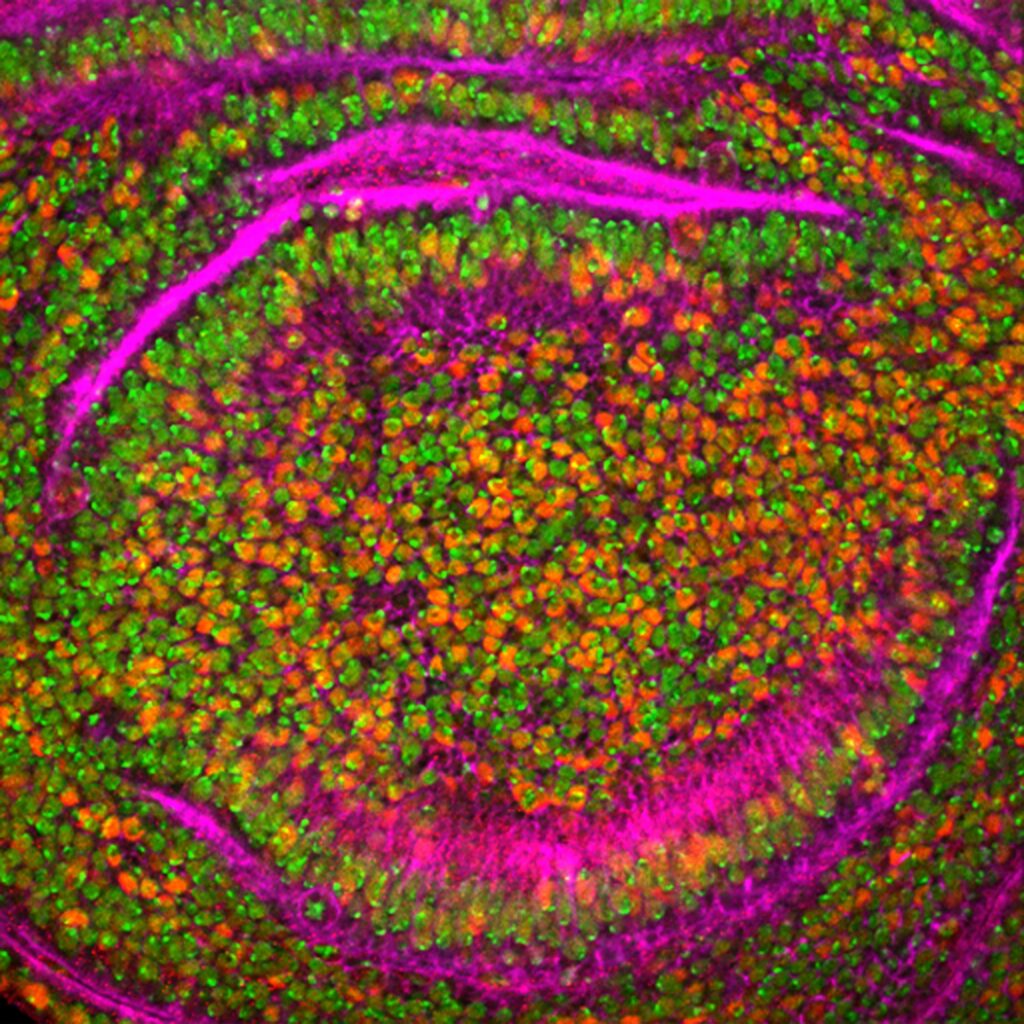A recent study has revealed that as cancer cases increase among younger adults, certain types of the disease carry a higher burden than others. The study’s findings, published by CNN, shed light on the impact of cancer on this particular age group. With cancer rates on the rise, understanding the variations in disease burden is crucial in order to inform targeted prevention, detection, and treatment strategies. This new information will undoubtedly pave the way for further research and interventions aimed at combatting the growing incidence of cancer among younger adults.
Read more about the health news
Introduction
Cancer is a devastating disease that affects people of all ages. In recent years, there has been a concerning rise in cancer cases among younger adults. This trend is alarming and has garnered attention from researchers and healthcare professionals. Understanding the types of cancer that have a higher burden on this population is crucial in order to develop effective prevention strategies and improve treatment outcomes. In this article, we will explore the statistics on rising cancer cases among younger adults and delve into the types of cancer that pose a significant challenge.
Background
Cancer has traditionally been viewed as a disease that primarily affects older individuals. However, recent studies have shown a disturbing increase in cancer rates among younger adults, aged between 18 and 39 years. This shift in the demographic affected by cancer has raised concerns and necessitates further investigation to determine the underlying factors contributing to this phenomenon.

Read more about the health news
Statistics on Rising Cancer Cases Among Younger Adults
Data collected from various sources, including the Surveillance, Epidemiology, and End Results (SEER) database, have revealed a steady rise in cancer cases among younger adults over the past few decades. According to a study published in the Journal of the National Cancer Institute, between 1995 and 2015, the incidence of cancer among individuals aged 20 to 39 years increased by approximately 1.5% per year.
Moreover, the same study highlighted that this increase in cancer incidence was driven by specific types of cancer, with lung, breast, colorectal, melanoma, and thyroid cancers being the most commonly diagnosed among younger adults. Understanding the burden of these cancers is crucial for prioritizing prevention efforts and providing appropriate treatment options.
Types of Cancer with Higher Burden
Lung Cancer
Lung cancer is a leading cause of cancer-related deaths worldwide, and its incidence among younger adults has been on the rise. While smoking is a known major risk factor for lung cancer, recent studies have shown that the increase in cases among younger adults cannot be solely attributed to smoking. Other factors, such as exposure to environmental pollutants and genetic predisposition, may play a role. Targeted interventions and public health campaigns are needed to raise awareness about the risks and symptoms of lung cancer among younger adults.
Breast Cancer
Breast cancer is the most commonly diagnosed cancer among women globally, but its presence in younger adults is also significant. Early-onset breast cancer poses unique challenges, including more aggressive tumor biology and limited treatment options. Increased awareness of breast cancer symptoms, regular screening, and lifestyle modifications can aid in early detection and improve outcomes for younger adults affected by this disease.
Colorectal Cancer
Colorectal cancer, traditionally associated with older adults, is now becoming more prevalent in younger individuals. The reasons behind this increase remain unclear, but factors such as obesity, sedentary lifestyle, and dietary choices may contribute to the rising incidence. Improved surveillance strategies and age-specific screening recommendations are crucial to detect colorectal cancer early and improve survival rates in younger adults.
Melanoma
Melanoma, the deadliest form of skin cancer, has seen a significant rise in incidence among younger adults. This increase can be attributed to excessive sun exposure, tanning bed use, and a lack of proper sun protection. Education about the dangers of UV radiation and the importance of regular skin checks is vital in reducing the burden of melanoma among younger adults.
Thyroid Cancer
In recent years, thyroid cancer has become one of the fastest-growing cancers in the United States, particularly among younger adults. The reasons for this increase are still under investigation, but improved detection techniques, such as ultrasound, may play a role. Early diagnosis and appropriate management are essential in order to achieve favorable outcomes for individuals with thyroid cancer.

Conclusion
The rising incidence of cancer among younger adults is a concerning trend that demands attention from healthcare professionals, researchers, and policymakers. Lung, breast, colorectal, melanoma, and thyroid cancers have emerged as the types of cancer with a higher burden on this population. Understanding the underlying factors contributing to this increase and implementing targeted prevention strategies and early detection measures are crucial in reducing the impact of these cancers on younger adults. Continued research and collaboration among various stakeholders are necessary to effectively address this public health challenge and improve outcomes for this vulnerable population.
